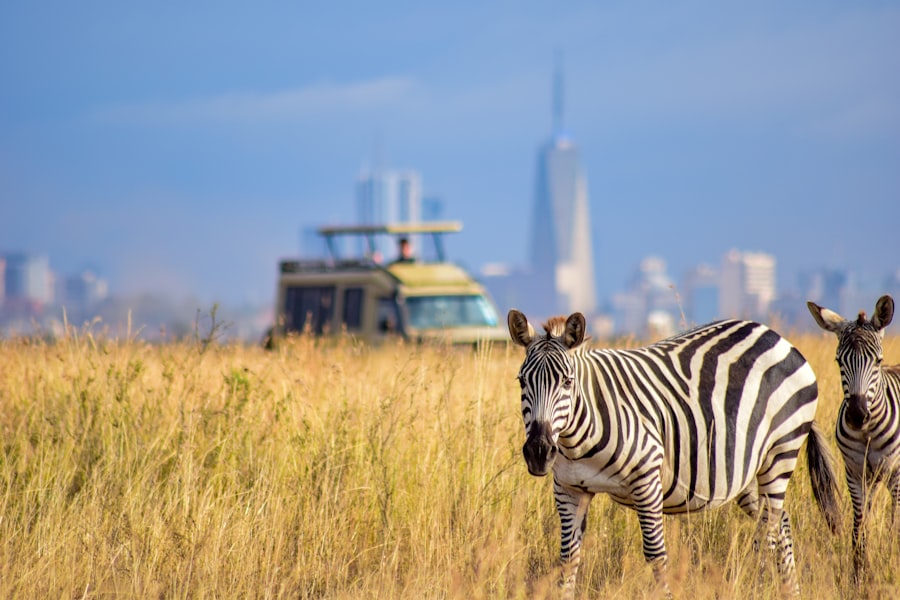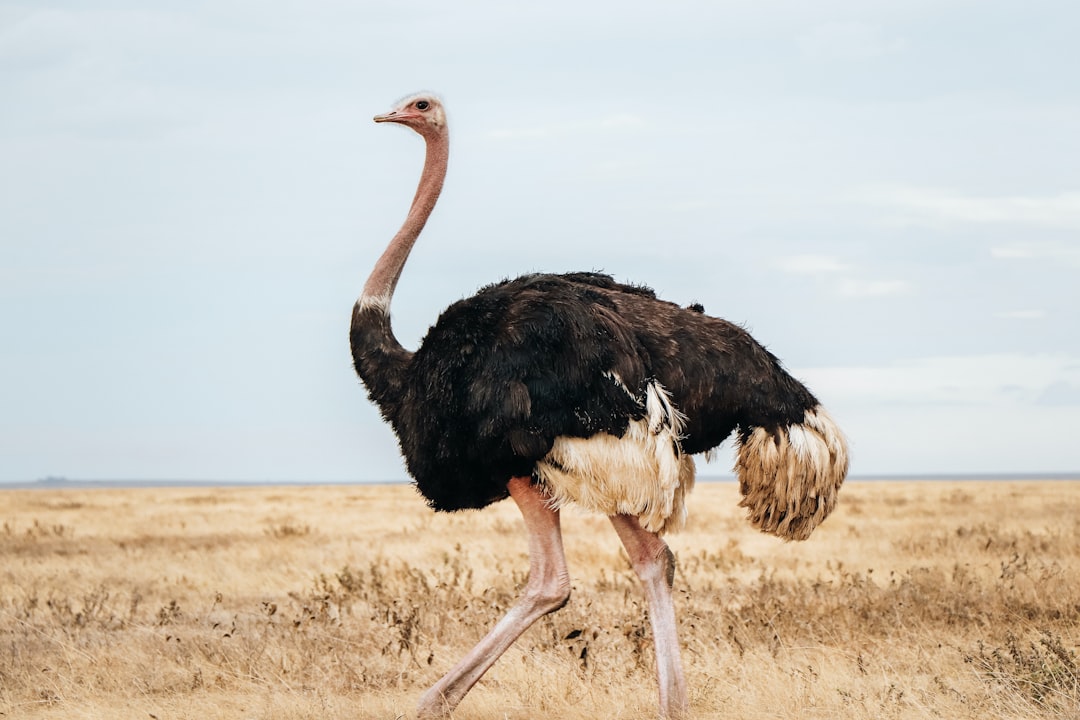National parks serve as sanctuaries for biodiversity and natural beauty, drawing millions of visitors each year who seek to immerse themselves in the splendor of the great outdoors. These protected areas are not only vital for the conservation of wildlife and ecosystems but also offer a unique opportunity for individuals to connect with nature in profound ways. From the towering peaks of the Rocky Mountains to the lush forests of the Pacific Northwest, each national park presents its own distinct landscape and ecological features, making them ideal destinations for nature enthusiasts.
The allure of national parks lies in their vastness and diversity. For instance, Yellowstone National Park, established in 1872 as the first national park in the world, is renowned for its geothermal features, including the iconic Old Faithful geyser and vibrant hot springs. Visitors can witness bison roaming freely across the plains or catch a glimpse of wolves in their natural habitat.
Similarly, Yosemite National Park captivates with its dramatic granite cliffs, cascading waterfalls, and ancient sequoias. The breathtaking vistas and rich biodiversity found within these parks not only provide a feast for the eyes but also serve as a reminder of the importance of preserving such natural wonders for future generations.
Key Takeaways
- National parks offer breathtaking natural landscapes and diverse wildlife for nature lovers to explore and enjoy.
- Eco-friendly accommodations provide a sustainable and immersive experience in the heart of nature, promoting responsible tourism.
- Sustainable outdoor activities such as hiking, biking, and wildlife watching allow visitors to connect with nature while minimizing their environmental impact.
- Off-the-beaten-path nature destinations offer unique and less crowded experiences for adventurous travelers seeking hidden gems.
- Supporting nature protection efforts through conservation and preservation initiatives is crucial for the long-term sustainability of our natural resources.
Eco-Friendly Accommodations: Where to Stay in the Heart of Nature
When planning a visit to national parks, choosing eco-friendly accommodations can enhance the experience while minimizing one’s environmental footprint. Many parks now offer lodges, cabins, and campsites that prioritize sustainability through various practices. For example, some lodges utilize solar energy, rainwater harvesting systems, and locally sourced materials in their construction and operations.
Staying at these eco-conscious establishments allows visitors to enjoy modern comforts while supporting initiatives that protect the surrounding environment. Camping is another popular option for those looking to immerse themselves fully in nature. Many national parks provide campgrounds that are designed to have minimal impact on the ecosystem.
Campers can enjoy the serenity of sleeping under the stars while being surrounded by the sounds of nature. Additionally, some parks offer glamping experiences—luxurious camping that combines comfort with an outdoor experience—allowing guests to enjoy nature without sacrificing amenities. These accommodations not only foster a deeper connection with the environment but also encourage responsible tourism practices that benefit local communities.
Sustainable Outdoor Activities: Hiking, Biking, and Wildlife Watching

Engaging in sustainable outdoor activities is a fantastic way to explore national parks while respecting their delicate ecosystems. Hiking is perhaps the most popular activity among nature lovers, offering countless trails that range from easy walks to challenging backcountry routes. Many parks have implemented Leave No Trace principles, encouraging hikers to stay on designated paths to minimize soil erosion and protect native flora.
Trails like the Appalachian Trail or the Pacific Crest Trail provide stunning views and opportunities for wildlife encounters while promoting responsible hiking practices. Biking is another eco-friendly way to traverse national parks, allowing visitors to cover more ground while reducing their carbon footprint. Many parks have designated bike paths that wind through scenic landscapes, providing an exhilarating way to experience nature.
For instance, Acadia National Park in Maine features a network of carriage roads perfect for cycling, where riders can enjoy breathtaking views of the coastline and surrounding mountains. Wildlife watching is also a sustainable activity that fosters appreciation for nature’s inhabitants. Observing animals in their natural habitats—whether it be spotting elk in Rocky Mountain National Park or watching sea otters play in Channel Islands National Park—can deepen one’s understanding of ecological balance and conservation efforts.
Discovering Hidden Gems: Off-the-Beaten-Path Nature Destinations
| Destination | Location | Distance from nearest city | Main attraction |
|---|---|---|---|
| Great Sand Dunes National Park | Colorado, USA | 3 hours | Giant sand dunes and diverse wildlife |
| Plitvice Lakes National Park | Croatia | 2 hours | 16 interconnected lakes and waterfalls |
| Phong Nha-Ke Bang National Park | Vietnam | 1.5 hours | World’s largest cave and limestone karsts |
| Isle Royale National Park | Michigan, USA | 6 hours | Untouched wilderness and wildlife |
While iconic national parks often steal the spotlight, numerous hidden gems await discovery for those willing to venture off the beaten path. These lesser-known destinations offer unique landscapes and experiences that can be just as rewarding as their more famous counterparts. For example, Great Basin National Park in Nevada boasts stunning mountain ranges, ancient bristlecone pines, and one of the darkest night skies in the country, making it a paradise for stargazers and solitude seekers alike.
Another hidden gem is Congaree National Park in South Carolina, which features one of the largest intact old-growth bottomland hardwood forests in the United States. Visitors can explore its diverse ecosystems through boardwalk trails or canoeing along its waterways, all while enjoying a sense of tranquility away from crowded tourist spots. These off-the-beaten-path locations not only provide opportunities for exploration but also highlight the importance of preserving lesser-known natural areas that contribute to our planet’s ecological diversity.
Conservation and Preservation: Supporting Nature Protection Efforts
The preservation of national parks and natural areas is crucial for maintaining biodiversity and combating climate change. Many organizations work tirelessly to protect these environments through conservation efforts that include habitat restoration, wildlife protection programs, and educational initiatives aimed at raising awareness about environmental issues. Visitors can support these efforts by participating in volunteer programs or donating to organizations dedicated to conservation.
For instance, programs like the National Park Service’s Volunteer-In-Parks (VIP) initiative allow individuals to contribute directly to park maintenance and conservation projects. Volunteers may assist with trail maintenance, invasive species removal, or educational outreach programs that teach visitors about the importance of protecting natural resources. By engaging in these activities, individuals not only help preserve these precious landscapes but also gain a deeper understanding of the challenges facing our environment.
Farm-to-Table Dining: Indulging in Local, Organic Cuisine

Experiencing local cuisine is an integral part of any travel adventure, and many national parks are surrounded by vibrant agricultural communities that offer farm-to-table dining options. This culinary approach emphasizes fresh, seasonal ingredients sourced directly from local farms, reducing transportation emissions and supporting regional economies. Dining at restaurants that prioritize sustainability allows visitors to savor authentic flavors while contributing to environmentally friendly practices.
For example, in areas surrounding national parks like Joshua Tree or Zion, numerous eateries focus on organic produce and locally raised meats. These establishments often feature menus that change with the seasons, showcasing the best ingredients available at any given time. By indulging in farm-to-table dining experiences, visitors not only enjoy delicious meals but also foster a connection with local farmers and food producers who are committed to sustainable practices.
Nature Photography: Capturing the Beauty of the Great Outdoors
Nature photography offers a unique way to appreciate and document the beauty of national parks and natural landscapes. With stunning vistas, diverse wildlife, and intricate details found in flora and fauna, photographers can capture moments that evoke emotion and inspire others to appreciate nature’s wonders. Many national parks host photography workshops led by experienced photographers who teach techniques for capturing breathtaking images while respecting wildlife and natural habitats.
For instance, Glacier National Park provides opportunities for photographers to explore its dramatic landscapes during golden hour—the time just after sunrise or before sunset when light creates stunning effects on mountains and lakes. Workshops often emphasize ethical photography practices, encouraging participants to maintain a safe distance from wildlife and avoid disturbing their natural behaviors. By sharing their photographs through social media or exhibitions, photographers can raise awareness about conservation issues and inspire others to explore and protect these beautiful environments.
Connecting with Local Communities: Immersing Yourself in Nature-Based Cultures
Engaging with local communities surrounding national parks can enrich one’s experience by providing insights into nature-based cultures and traditions. Many indigenous groups have deep connections to the land and possess valuable knowledge about sustainable practices that have been passed down through generations. Participating in cultural events or guided tours led by local residents can offer visitors a unique perspective on how these communities interact with their environment.
For example, visiting tribal lands near national parks like Grand Canyon or Glacier allows travelers to learn about traditional ecological knowledge and cultural practices that emphasize harmony with nature. Workshops on traditional crafts or storytelling sessions can deepen understanding of local heritage while fostering respect for indigenous cultures. By connecting with these communities, visitors not only gain a richer appreciation for their surroundings but also contribute to preserving cultural traditions that are often intertwined with environmental stewardship.
In summary, exploring national parks offers an unparalleled opportunity for nature lovers to connect with breathtaking landscapes while engaging in sustainable practices that support conservation efforts. From eco-friendly accommodations to immersive cultural experiences with local communities, every aspect of this journey contributes to a deeper understanding of our planet’s beauty and fragility.
FAQs
What are travel guides for nature lovers?
Travel guides for nature lovers are resources that provide information and recommendations for exploring and experiencing natural attractions, wildlife, and outdoor activities in various destinations around the world.
What can I expect to find in a travel guide for nature lovers?
In a travel guide for nature lovers, you can expect to find detailed descriptions of national parks, wildlife reserves, hiking trails, birdwatching spots, and other natural attractions. The guide may also include information on eco-friendly accommodations, sustainable travel tips, and responsible tourism practices.
How can a travel guide for nature lovers enhance my travel experience?
A travel guide for nature lovers can enhance your travel experience by providing insider tips, off-the-beaten-path recommendations, and insights into the local flora and fauna. It can also help you plan and make the most of your nature-focused itinerary, ensuring that you don’t miss out on any must-see natural wonders.
Are there different types of travel guides for nature lovers?
Yes, there are different types of travel guides for nature lovers, including general nature guides that cover a wide range of destinations, as well as specific guides that focus on a particular region, country, or type of natural attraction (e.g., birdwatching, wildlife safaris, hiking).
Where can I find travel guides for nature lovers?
Travel guides for nature lovers can be found in bookstores, online retailers, and through travel websites and organizations that specialize in nature-based travel. You can also find digital versions of these guides for download on e-readers and mobile devices.
